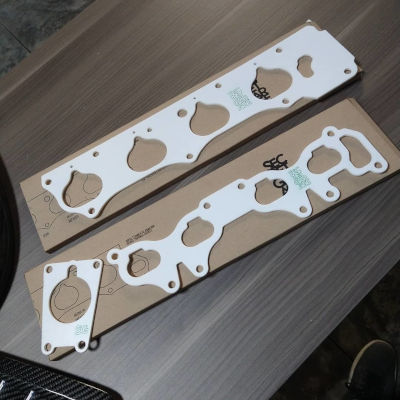Have you ever touched your intake manifold while your engine was running? Immediately, you will realize how insanely scorching it is. That is no surprise, heat is a by-product combustion; ironically, heat adversely affects performance. Physics taught us that metal is a very good conductor of heat and engines are either made of cast iron or aluminium alloy. This heat is transferred to some of the most undesirable places throughout the engine; your intake manifold being one of them.
Elevated intake air temperatures lower the density of air flowing into the engine – that is a big no no for performance. Lower air density makes combustion more difficult and this will definitely affect your power output. Combustion and the stoichiometric air:fuel ratio go hand-in-hand. A stoichiometric air:fuel ratio has the ideal mixture of air and fuel for absolute combustion. Lower air density causes a lean stoichiometric air:fuel ratio and that is dangerous for any engine. In such conditions, the Electronic Control Unit (ECU) or Electronic Control Module (ECM) has to make corrective adjustments to the fuel table, allowing for safe engine operation.
How can we lower intake air temperatures?
One simple and cost effective way is to use a thermal gasket. A thermal gasket is primarily used to dissipate heat within the intake system. What does that mean? It helps to reduce the air temperature entering the intake manifold and ultimately the cylinder head. Cooler intake air temperatures make for better combustion; lower temperatures equal higher air density.
How do thermal gaskets lower intake air temperatures?

Firstly, they are more resistant to heat than your conventional paper, cork or fiberglass gasket. This is because they are made from a polymer which also gives them greater durability over the typical gaskets. Wherever there is an original gasket within the intake system, replace it with a thermal gasket and watch your air temperatures decrease.
There is always extra horsepower to be found, you just have to know where to find it!
